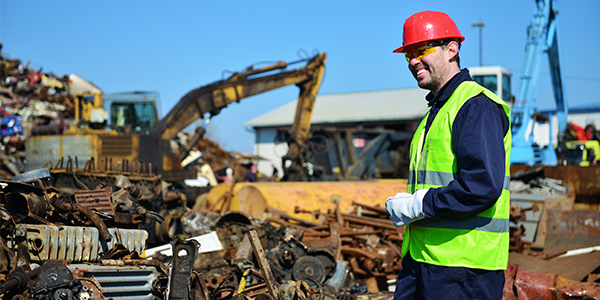Expert Tips for Construction Debris Removal: A Practical Guide to Success
Construction projects, whether big or small, generate a significant amount of debris that needs efficient and responsible handling. Construction debris removal is a crucial aspect of completing any project successfully. In this comprehensive guide, we will provide expert tips to streamline the process, ensuring a smooth and eco-friendly construction waste management system.
Understanding the Challenge
Construction sites often witness a diverse range of materials like concrete, wood, metal, and more, which makes debris removal a complex task. Proper planning and execution are essential to prevent delays and adhere to environmental regulations. To begin with, it’s crucial to identify the types of waste produced and categorize them accordingly.

Best Practices for Construction Debris Dump
Segregation at Source
Construction debris dump sites often have specific requirements for waste disposal. To streamline the process, implement a segregation-at-source policy on your construction site. Train workers to separate materials like concrete, wood, and metal at the point of origin. This not only facilitates recycling efforts but also makes it easier to comply with disposal regulations at the dump site.
dumpster, providing a designated space for the accumulation of junk. This not only streamlines the removal process but also ensures a safe and organized work environment.
Documentation and Compliance
Proper documentation is a key aspect of construction waste management. Keep detailed records of the types and quantities of waste generated. This information is crucial for ensuring compliance with local regulations and guidelines. It also helps in tracking the environmental impact of the construction project, supporting sustainability initiatives.
Construction Debris Removal Strategies
Strategic Dumpster Placement
One of the primary considerations in construction debris removal is the placement of dumpsters. Strategic positioning of construction debris containers can significantly enhance efficiency. Ensure that containers are easily accessible for workers while not hindering the workflow. Regularly scheduled pickups by waste management services can also prevent overflowing and maintain a tidy work environment.
dumpster, providing a designated space for the accumulation of junk. This not only streamlines the removal process but also ensures a safe and organized work environment.
Affordable Dumpster Rentals for Cost-Effective Solutions
Opting for affordable dumpster rentals is a smart move for budget-conscious construction projects. Research local providers to find competitive rates without compromising on service quality. Affordable dumpster rentals allow you to allocate resources efficiently, ensuring that debris removal doesn’t become a financial burden on the project.

Environmental Considerations in Construction Waste Management
Recycling Initiatives
In the realm of construction debris removal, incorporating recycling initiatives is a sustainable approach. Many materials, such as concrete and metal, can be recycled. Identify local recycling facilities that accept construction waste and establish a streamlined process for transporting recyclable materials. This not only minimizes the environmental impact but also aligns with eco-friendly construction practices.
Reducing Single-Use Materials
A proactive measure in construction waste management is to minimize the use of single-use materials. Opt for reusable or recyclable alternatives wherever possible. This not only reduces the volume of waste but also contributes to long-term cost savings. Sustainable construction practices are increasingly becoming a priority, and minimizing single-use materials is a step in the right direction.

Overcoming Common Challenges
Effective Communication with Workers
Construction debris removal is a collaborative effort involving everyone on the site. Clear communication with workers is vital to ensure that they understand the importance of proper waste disposal. Conduct regular training sessions to educate the team about the significance of adhering to waste management protocols. Emphasize the impact of their actions on the environment and the overall success of the project.
Monitoring and Adapting the Plan
Construction projects are dynamic, and unexpected changes can occur. Regularly monitor the effectiveness of your construction waste management plan and be prepared to adapt to evolving circumstances. This flexibility ensures that your debris removal strategy remains efficient, even in the face of unforeseen challenges.
Conclusion
In conclusion, successful construction debris removal is a multifaceted process that demands careful planning, execution, and continuous monitoring. By strategically placing construction debris containers, opting for affordable dumpster rentals, implementing recycling initiatives, and maintaining effective communication with workers, you can streamline the removal process. Embracing sustainable practices not only contributes to a healthier environment but also aligns with the evolving standards of responsible construction.
As you embark on your construction project, keep these expert tips in mind for efficient construction debris removal. Remember, a well-executed waste management plan is not just a regulatory requirement; it’s a commitment to building a better, more sustainable future.
